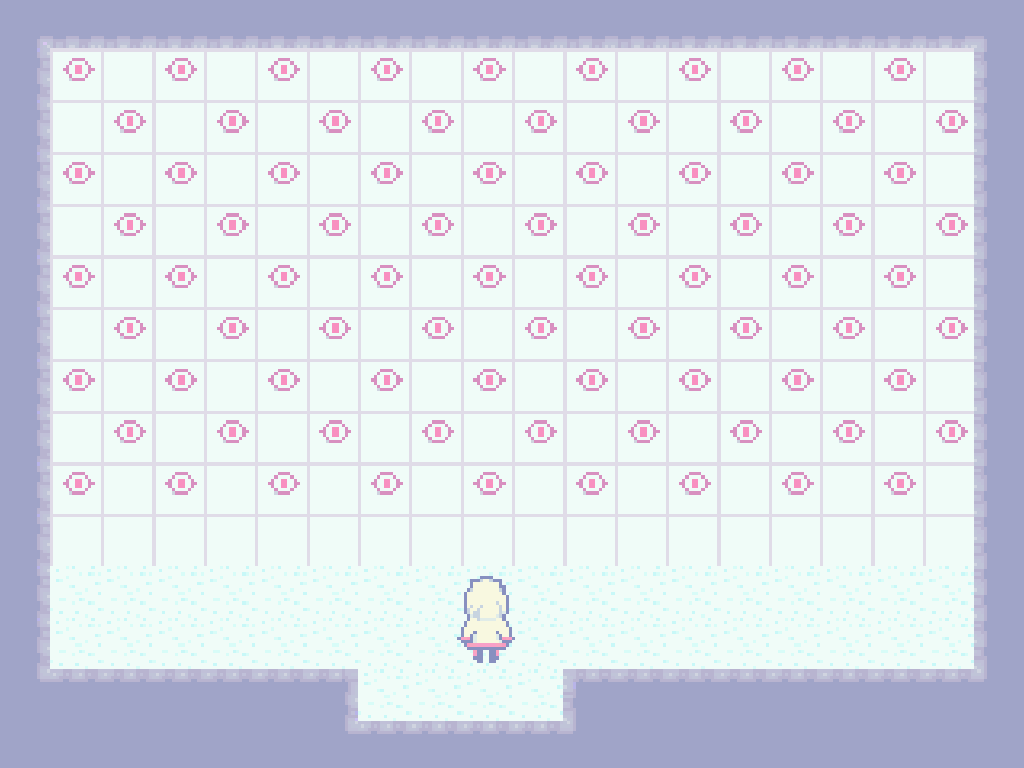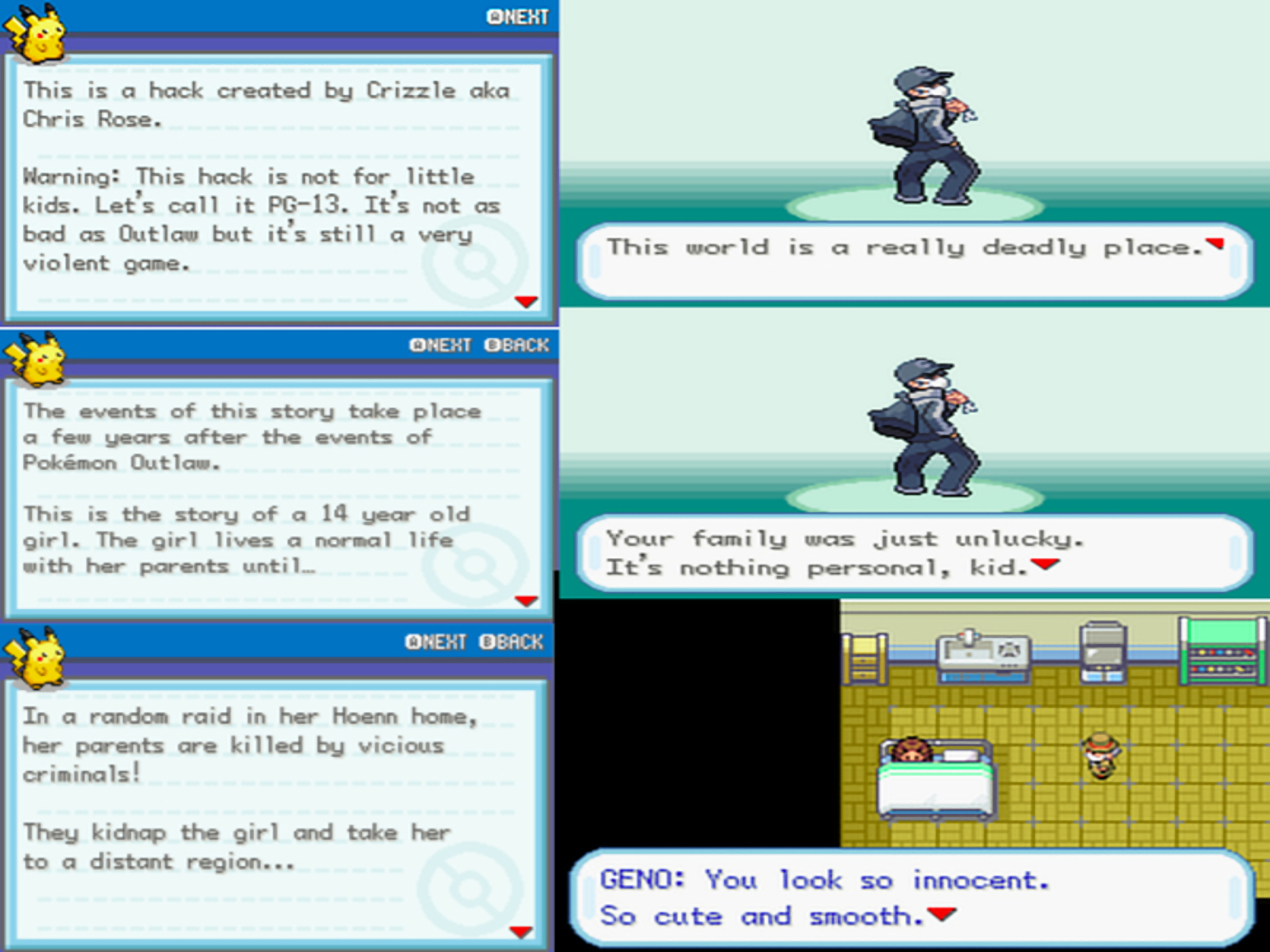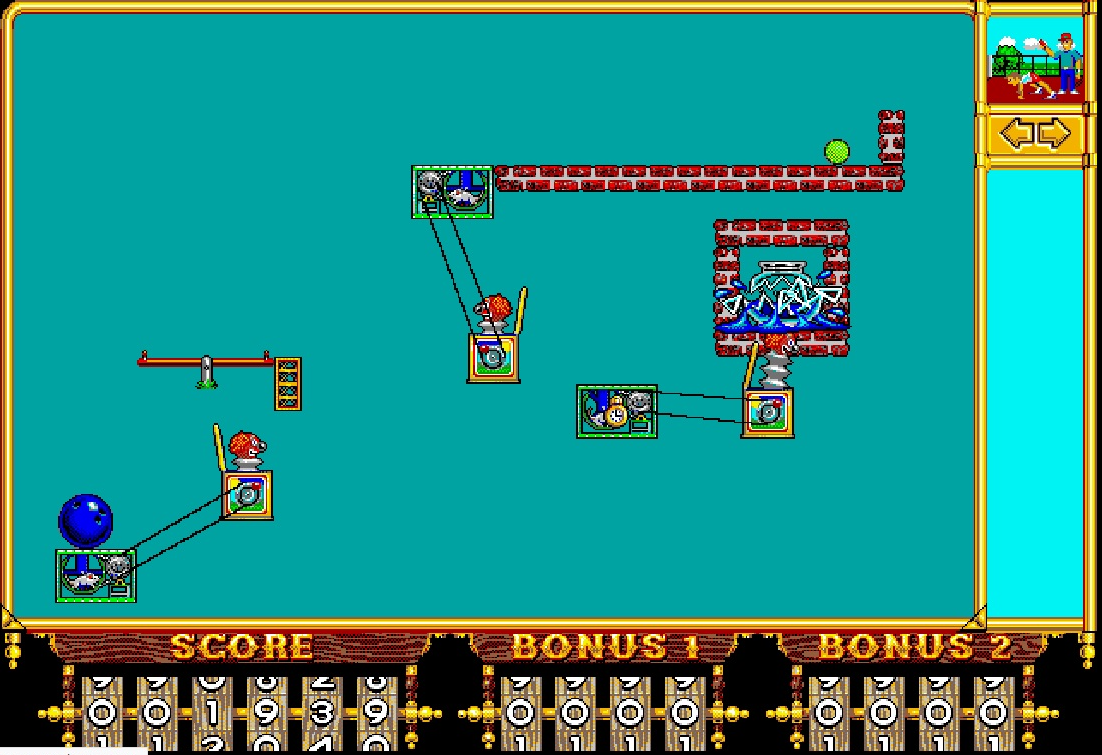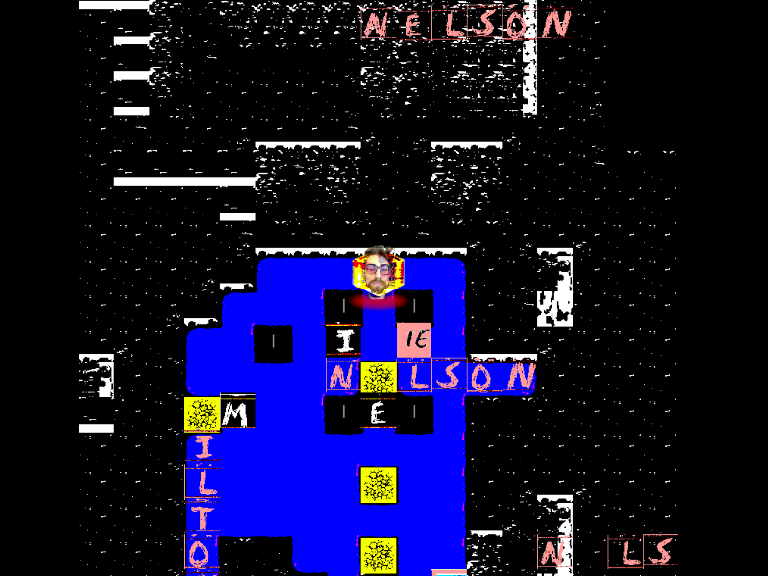Introduction / Issue 30: Poetics of Play
Artwork by contributor Iasmin Omar Ata. For Issue 30, the editorial board of InVisible Culture is honored to present a special introduction by Dr. Aubrey Anable. In my book, Playing with Feelings: Video Games and Affect, I make the claim that video games are the most significant art form of the twenty-first century.1 It was meant as a provocation and, by settling the matter, a call to move the discussion away from the question: are video games art? And toward the more interesting one: What do video game aesthetics do in the world now? This move takes its inspiration from Eve Kosofsky Sedgwick’s definition of “reparative reading.” Interrogating the critical habits in the humanities that keep us fixated on taxonomies, ontologies, and what they hide, Sedgwick compels us to instead ask, “What does knowledge do—the pursuit of it, the having and exposing of it, the receiving again of knowledge of what one already knows? How, in short, is knowledge performative, and how best does one move among its causes and effects?”2 Paraphrasing Sedgwick we might …







